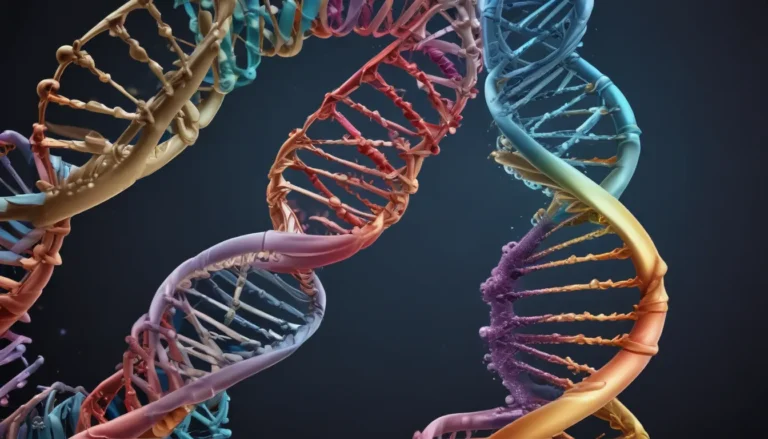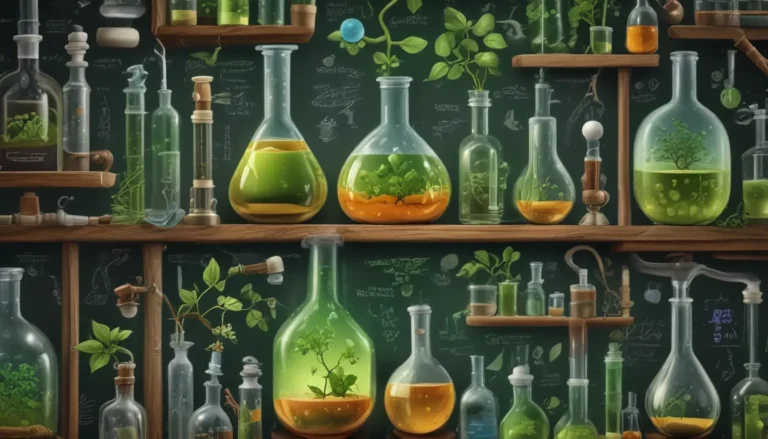A Note About Images: The images used in our articles are for illustration purposes only and may not exactly match the content. They are meant to engage readers, but the text should be relied upon for accurate information.
Chemistry is a captivating world filled with intricate details about the nature of matter and its interactions. At the core of this realm lies the groundbreaking Lewis Acid-Base Theory, a concept introduced by Gilbert N. Lewis in the early 20th century. This theory has reshaped our understanding of chemical reactions by redefining acids and bases as electron acceptors and donors, paving the way for a new perspective on chemical interactions.
Unveiling the Origins of Lewis Acid-Base Theory
In 1923, the esteemed American chemist Gilbert N. Lewis presented the world with the Lewis Acid-Base Theory, a revolutionary concept that elucidated the roles of electrons in chemical reactions. By proposing that acids are electron acceptors and bases are electron donors, Lewis expanded our comprehension of acid-base interactions beyond traditional definitions.
The Dynamic Nature of Lewis Acids and Bases
In the realm of Lewis Acid-Base Theory, acids are characterized as substances that can accept a pair of electrons, while bases are substances capable of donating a pair of electrons to form chemical bonds. This unique perspective enables chemists to unravel the complexities of electron transfer in various chemical reactions, leading to a more comprehensive understanding of molecular interactions.
- Lewis acids and bases can engage in coordinate covalent bonds, where a Lewis acid accepts a pair of electrons from a Lewis base, showcasing the dynamic nature of these electron-driven interactions.
Applications and Implications of Lewis Acid-Base Theory
The far-reaching implications of the Lewis Acid-Base Theory extend beyond traditional acid-base reactions, offering insights into diverse fields such as organic and inorganic chemistry, catalysis, and biological processes.
- Chemists leverage the principles of Lewis Acid-Base Theory to gain a deeper understanding of a wide range of chemical reactions, from simple acid-base interactions to intricate coordination compounds.
- The theory finds practical applications in catalysis, enabling the design of more effective catalysts for various chemical processes.
- In biological systems, Lewis acids and bases play pivotal roles in enzymatic reactions and protein interactions, shedding light on the fundamental chemistry underpinning biological processes.
The Legacy of Lewis Acid-Base Theory: Shaping Chemistry’s Future
Since its inception, the Lewis Acid-Base Theory has served as a cornerstone of advancements in chemistry, providing a solid foundation for further explorations into the realm of chemical reactions and molecular interactions.
- By classifying chemical compounds based on their behavior as Lewis acids or bases, chemists can unravel the properties and reactivity of various substances, enhancing their understanding of molecular structures and behaviors.
Exploring the Fascinating World of Lewis Acid-Base Theory
As you immerse yourself in the captivating realm of Lewis Acid-Base Theory, consider the following intriguing facts and insights:
- Lewis acids are typically electron-deficient species with incomplete valence electron shells, making them receptive to accepting electron pairs.
- Conversely, Lewis bases are electron-rich entities with excess electron density, facilitating the donation of electron pairs to form chemical bonds.
FAQs: Delving Deeper into Lewis Acid-Base Theory
-
What is Lewis acid-base theory?
Lewis acid-base theory describes the interaction between electron donors (Lewis bases) and electron acceptors (Lewis acids) in chemical reactions. -
How does Lewis acid-base theory differ from other acid-base theories?
Unlike other theories that focus on proton transfer, Lewis acid-base theory emphasizes the exchange of electron pairs in chemical reactions. -
What are some practical applications of Lewis acid-base theory?
Lewis acid-base theory finds applications in catalysis, drug design, materials science, and environmental remediation, among other fields.
Crafting a Brighter Future in Chemistry
As you embark on this journey through the riveting realm of Lewis Acid-Base Theory, remember that each new discovery and insight contributes to the vibrant tapestry of chemistry. Embrace the nuances of electron-driven interactions and the profound implications of Lewis Acid-Base Theory as you navigate through the intricate world of chemical reactions and molecular dynamics.
The captivating world of Lewis Acid-Base Theory beckons you to explore its intricacies and unravel the mysteries of electron-driven interactions in chemical reactions. Join us on this enlightening journey through the realms of acids, bases, and electron transfer, where each discovery adds a new layer of depth to your understanding of the chemical world.






